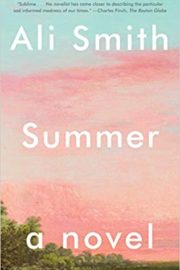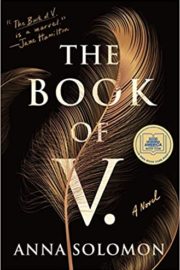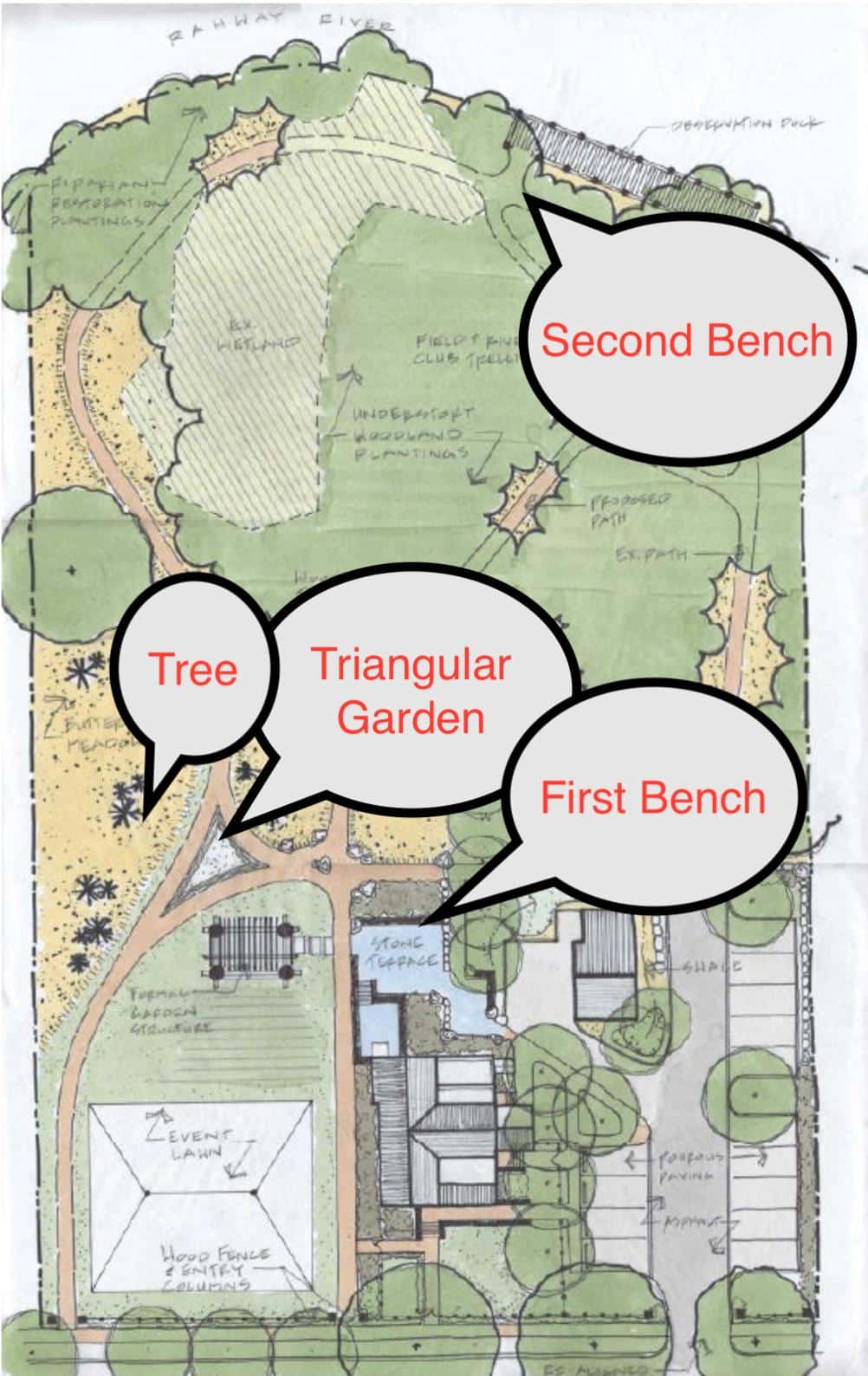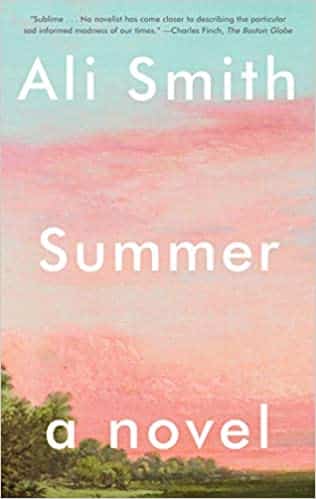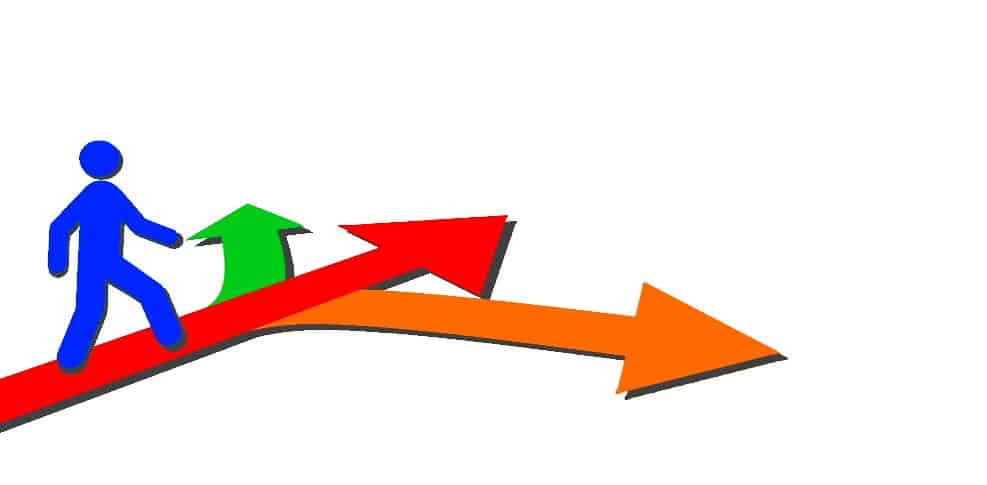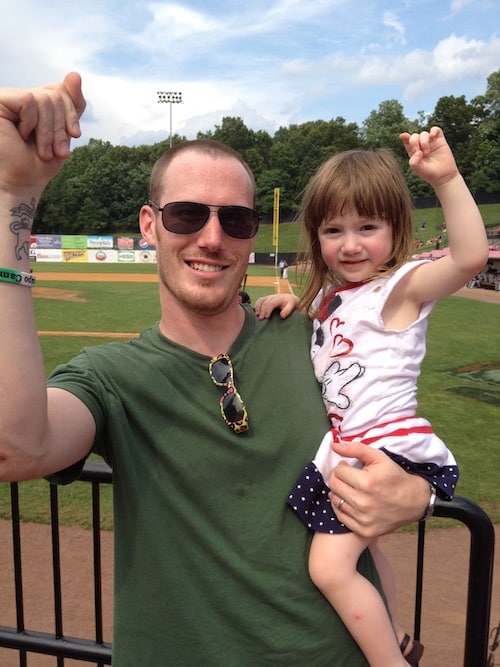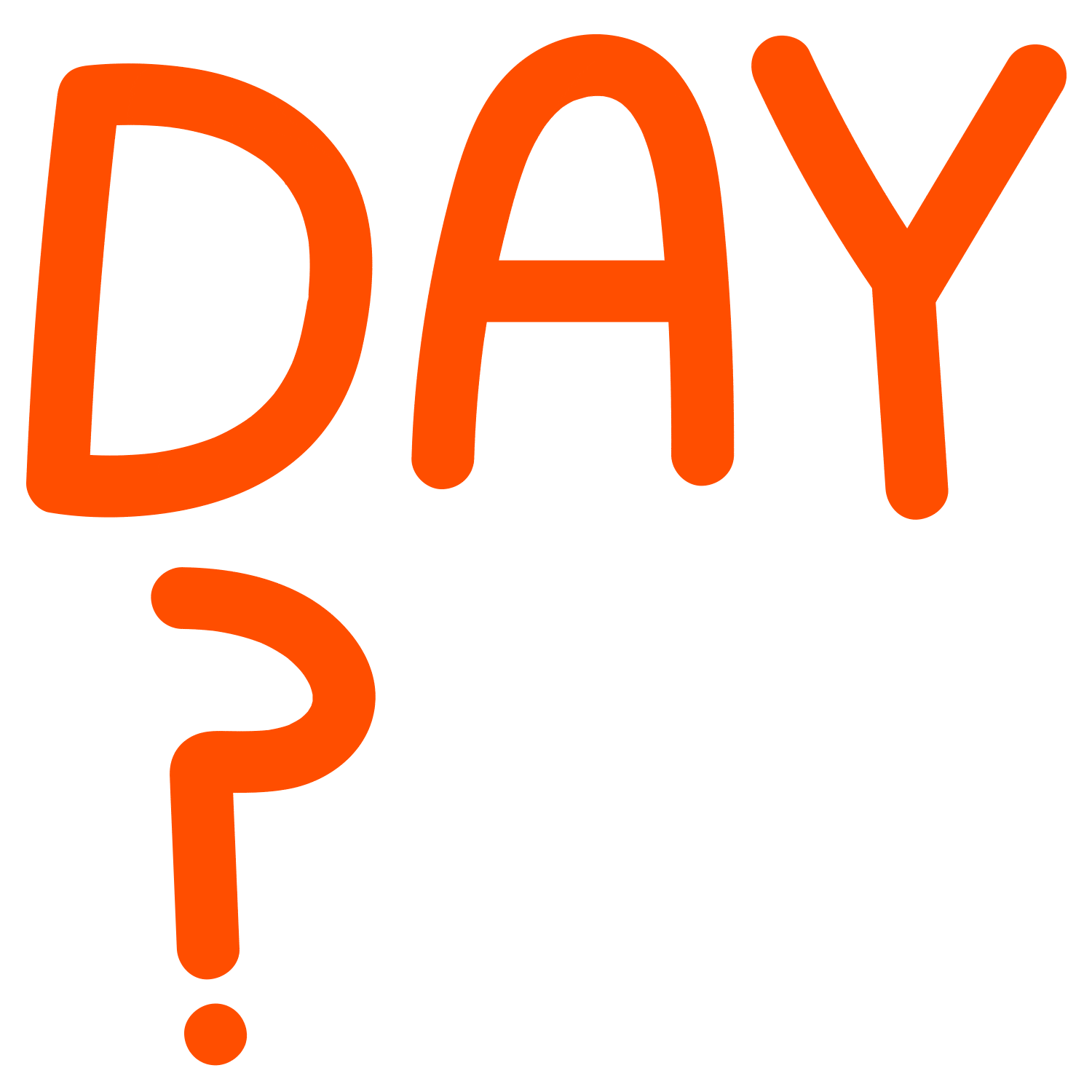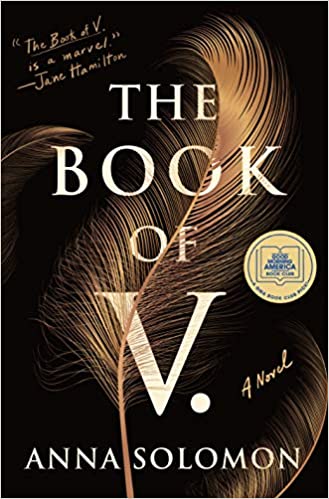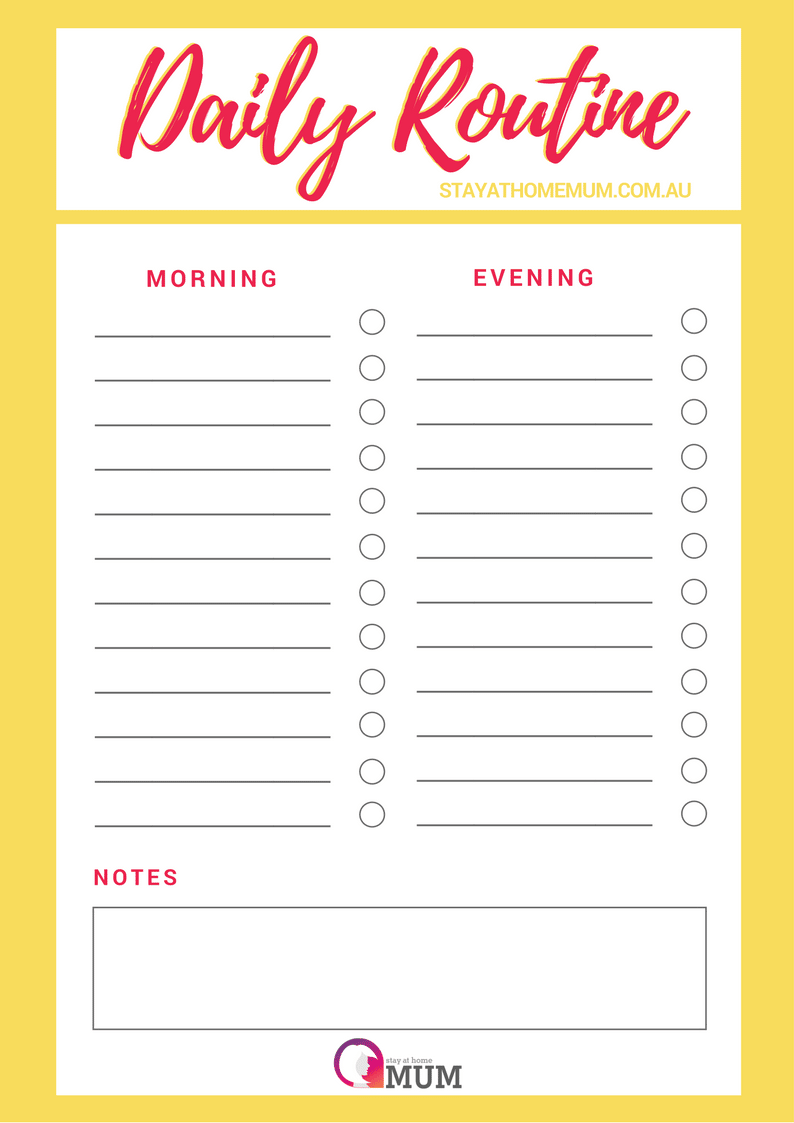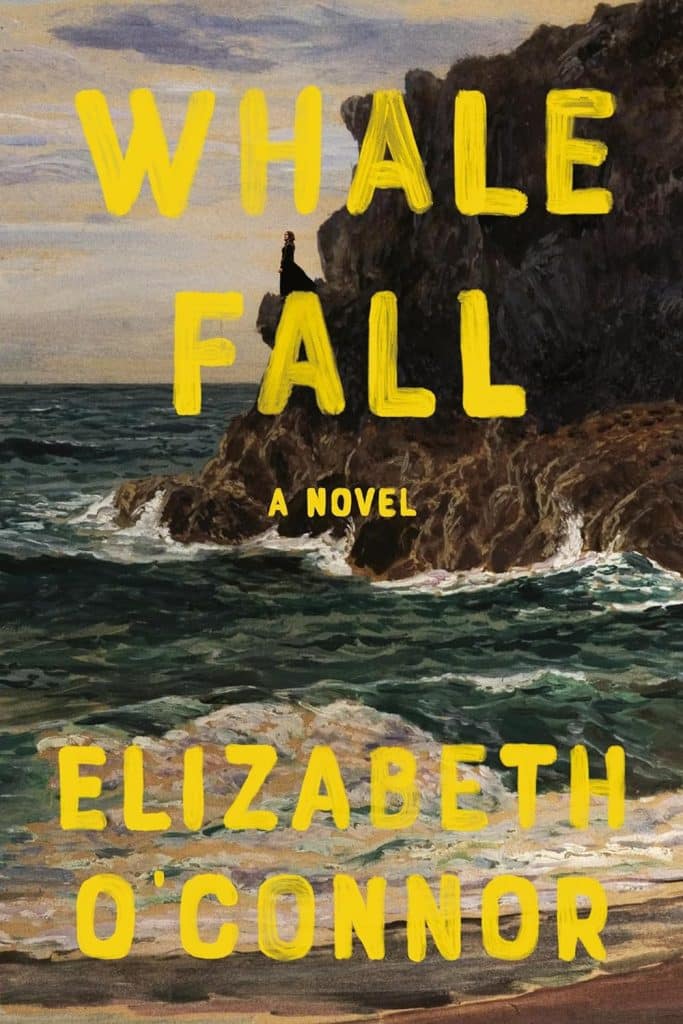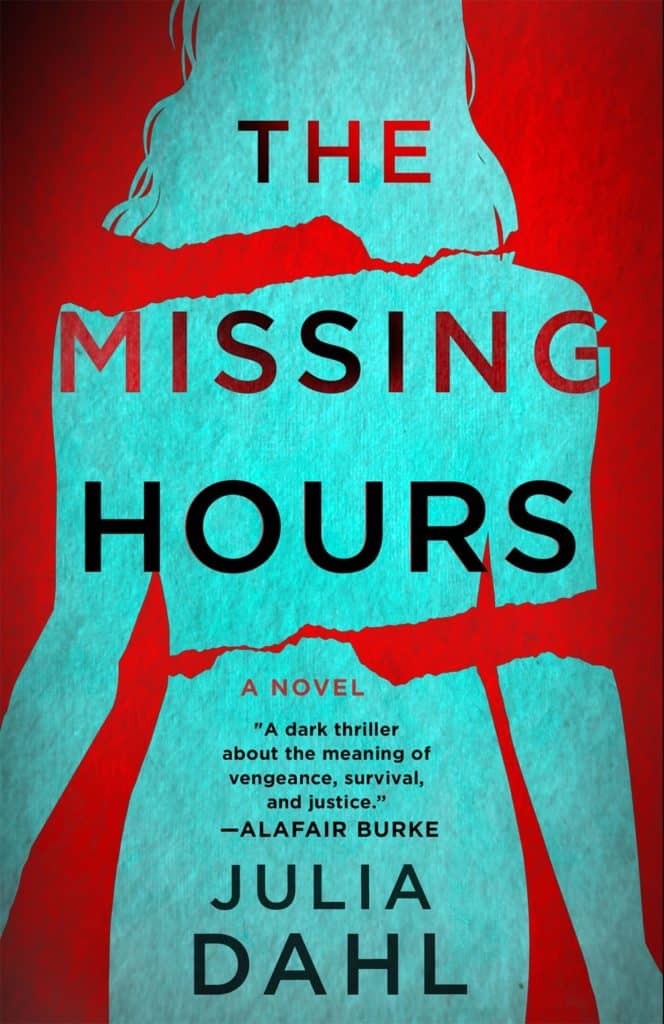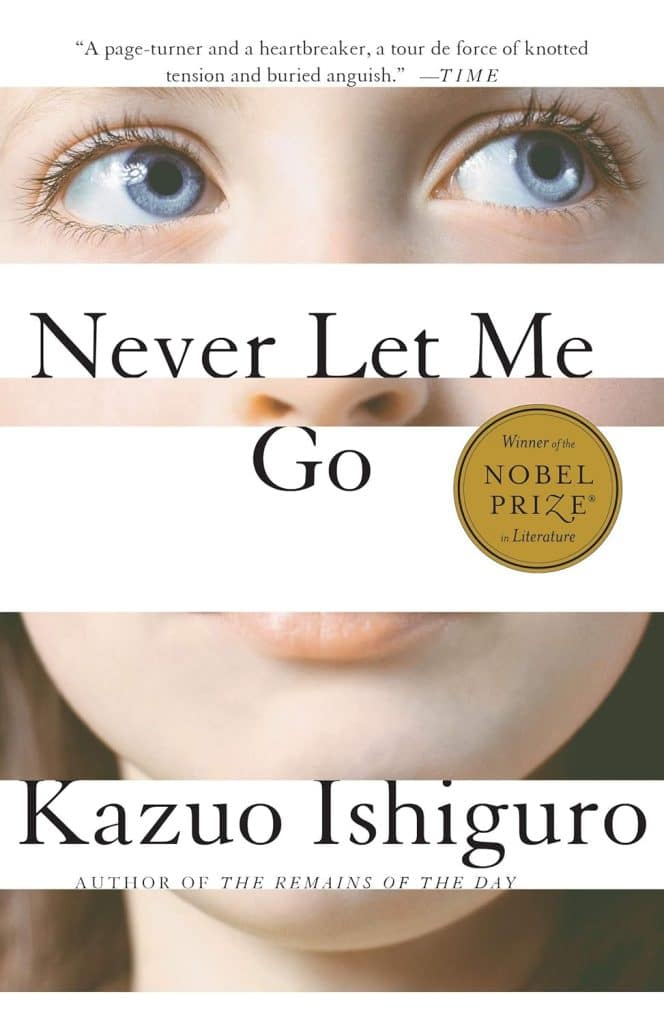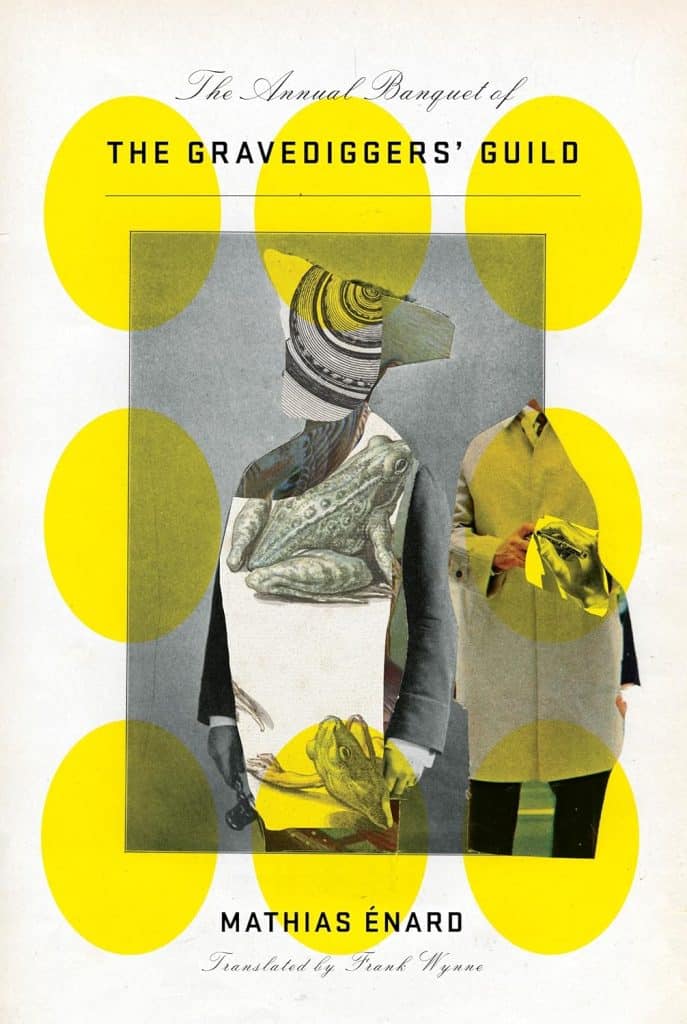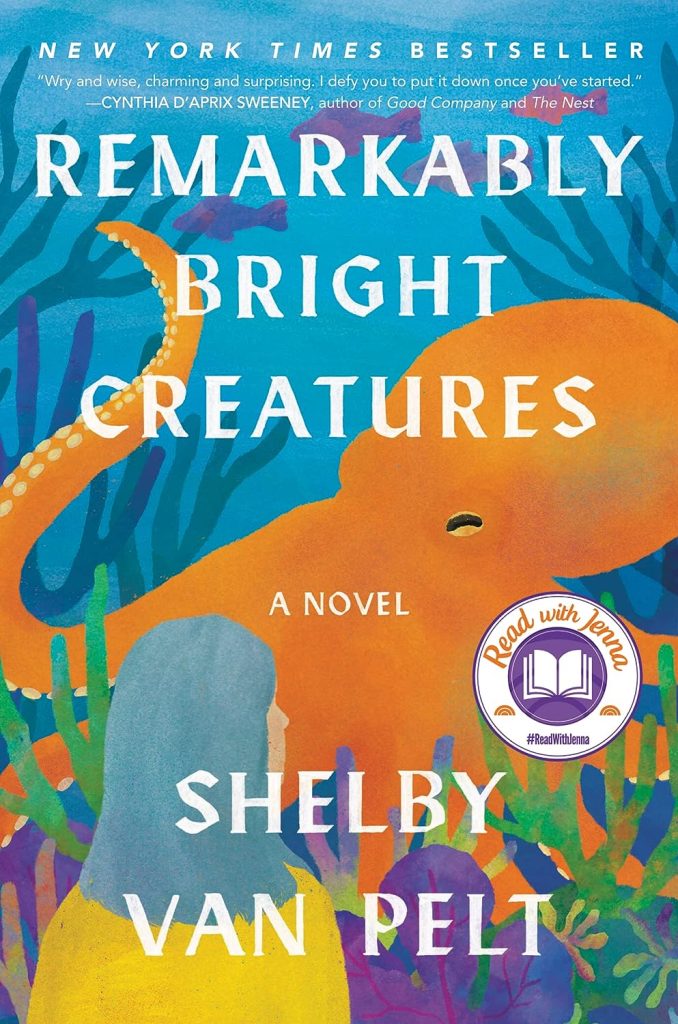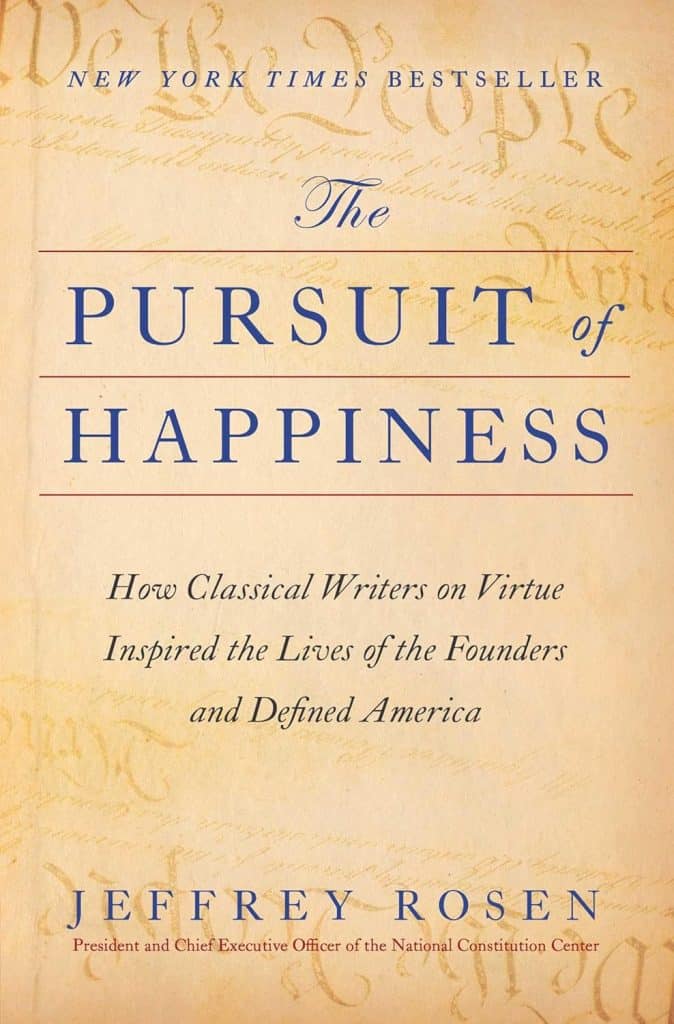Summer: A Novel by Ali Smith is a fascinating book about the times in which we live. Where does the family begin? And what do people who think they've got nothing in common have in common? Summer.
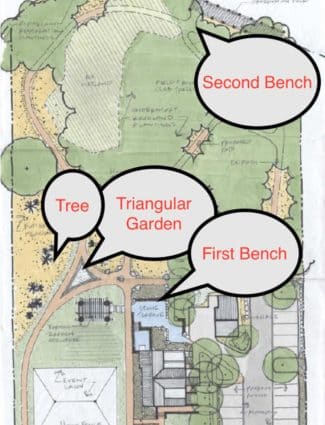
Jan Lilien Education Fund
The living memorial in Hanson Park is coming together! Although it will not be complete by Jan’s birthday, we can and will hold a dedication/groundbreaking at 2 pm on April 24, 2022.
We will have one bench by the picnic area closest to the triangular garden, and the second one will be by the river.
We agreed to use any funds above the amount needed for the two benches to create the Jan Lilien Education Fund.
The Education Fund will allow the Conservancy to do educational programs regularly.
I am so delighted! Love never dies!




